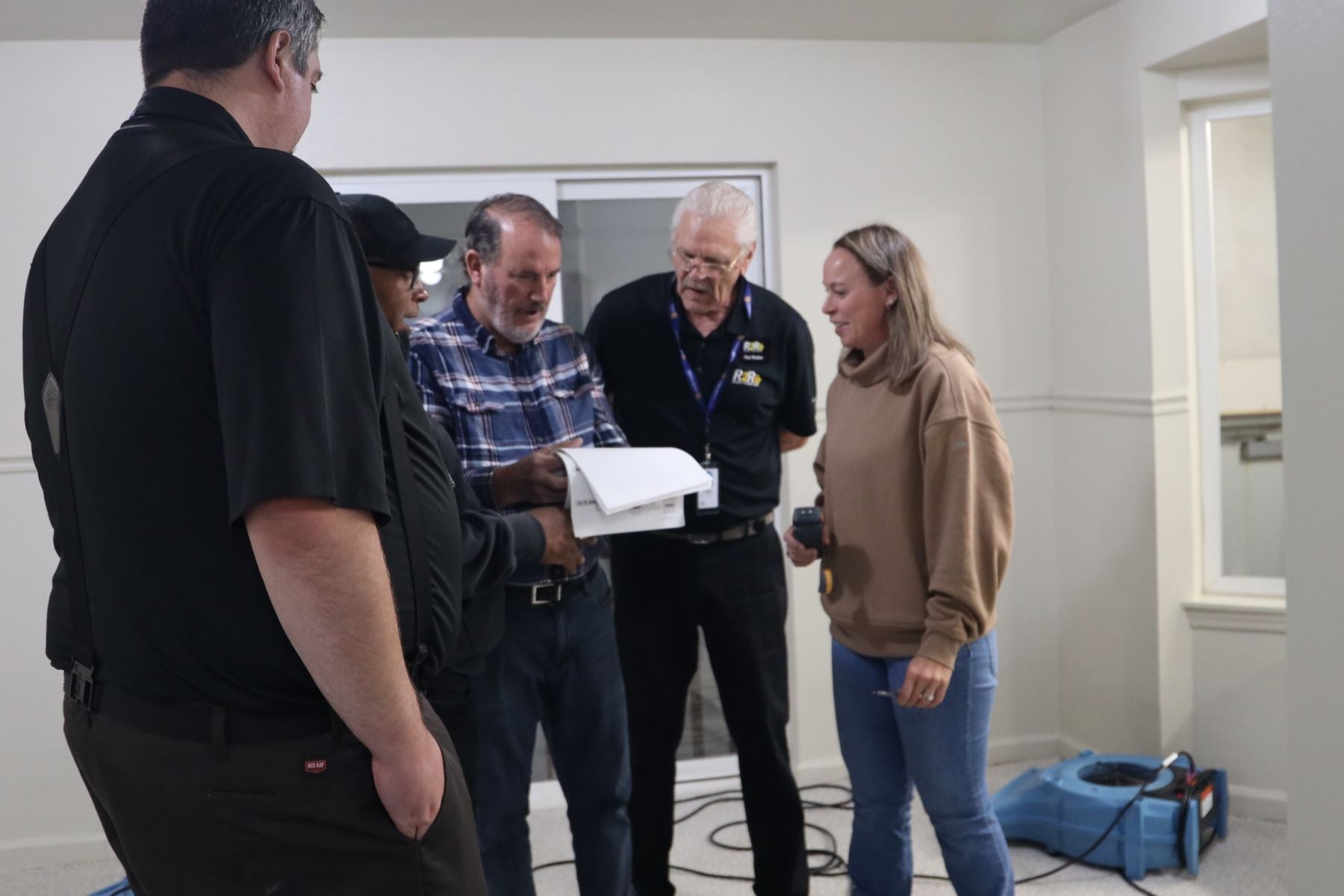By TJ Grim, Ready 2 Respond Trainer
Facilities teams are often the first to respond – and the ones everyone turns to for guidance – when an emergency strikes. They aren’t just managing equipment and logistics after water emergencies, power outages, and tech failures – they’re protecting staff, buildings, and the flow of daily operations. These moments of crisis test both operational systems and leadership – and they also provide powerful growth opportunities.
The most effective leaders in high-pressure situations are those who pair preparedness with strong interpersonal skills. They steady the team, communicate effectively, make informed decisions, and continually build on their own skills in the process.
Power of Presence
During a crisis, visible leadership makes a difference. Teams need on-site leaders who are checking in with staff throughout the response process while maintaining a calm, solutions-focused tone. When leaders show up with clarity and composure, it helps steady the group and fosters a sense of trust.
Facility leaders can demonstrate presence in simple but meaningful ways, such as:
- Walking through to inspect affected areas and assess conditions firsthand
- Checking in on equipment and working with team members to calculate drying equipment needs and gather moisture levels
- Pitching in with small tasks and safety measures
- Taking time to check in with staff, ask and answer questions, and listen to feedback
Clear, Steady Communication
In a fast-moving emergency, communication is one of the most critical tools a facility leader has. Uncertainty breeds confusion, so it’s essential to provide regular, up-to-date information – even when the whole picture isn’t available.
To ensure team members understand what’s expected of them and what comes next:
- Establish a group messaging platform or channel for rapid response updates.
- Utilize emergency checklists and written procedures that clearly outline the steps to be taken and assign specific responsibilities.
- Set up daily huddles and encourage two-way communication, allowing team members to share concerns and observations.
- Always share what is known and what is still being investigated.
- Aim to maintain a steady and calm tone, even when under pressure.
A well-informed team is a more effective team, and strong communication is as valuable a tool as the equipment being used.
Delegate and Empower
While strong leaders are hands-on and visible during a crisis, they also know when to step back and let teams lead. Empowering team members with responsibility builds trust, confidence, and capability.
Clear delegation is especially critical during water damage or other facility emergencies. Assign roles upfront:
- Who is placing the equipment?
- Who is monitoring moisture levels?
- Who is documenting the process?
When all involved know their roles, response efforts are faster, smoother, and more coordinated.
These moments also serve as learning opportunities for both leaders and teams. By allowing team members to make decisions and handle key tasks, leaders help them grow in real time. After the event, a debrief helps reinforce what went well and identify areas for improvement.
Strengthening Leadership Before the Next Emergency
The middle of a crisis isn’t the time to start leading. Take advantage of quieter periods to foster camaraderie and invest in training opportunities that benefit the entire team. These efforts lay the groundwork for confident decision-making in the event of emergencies.
Then, when challenges do arise, they become more than just a test – they’re a chance for leaders and teams to grow, and for response outcomes to improve.
Contact the R2R team for help with emergency preparedness planning and customized training options. For tips on drying after water damage, follow us on LinkedIn and subscribe to our Facility Insights newsletter.


Stay Ready: Smart Maintenance Practices for Drying Equipment
Preventing and Responding to Construction Leaks